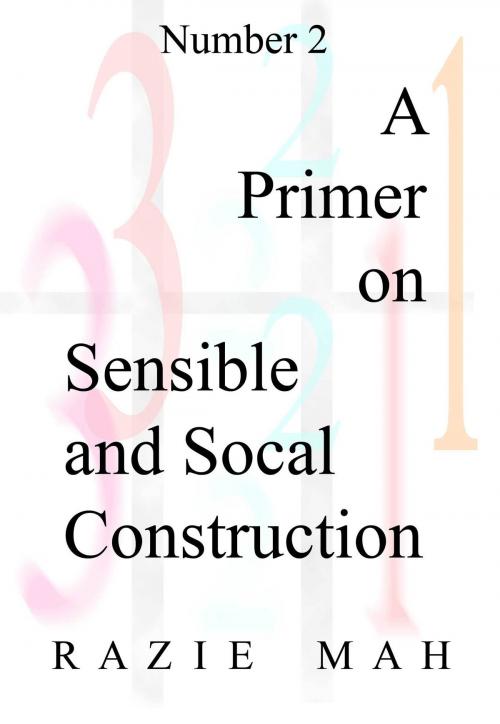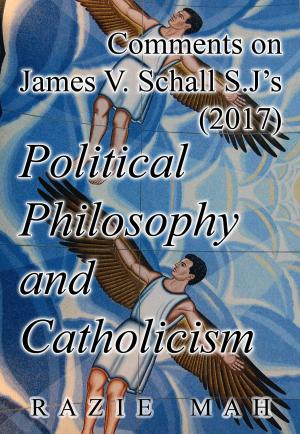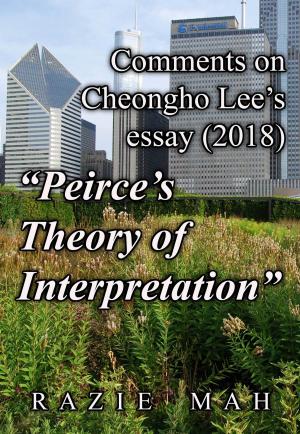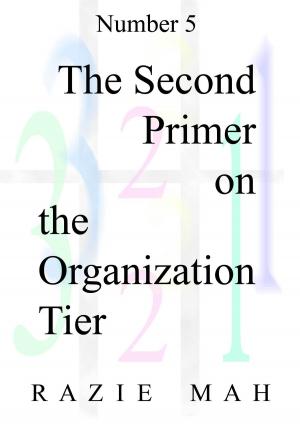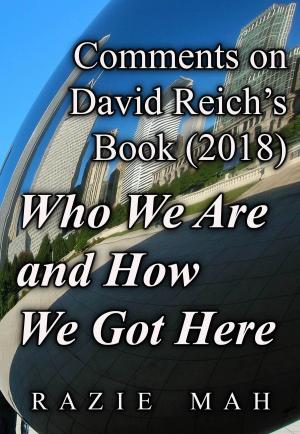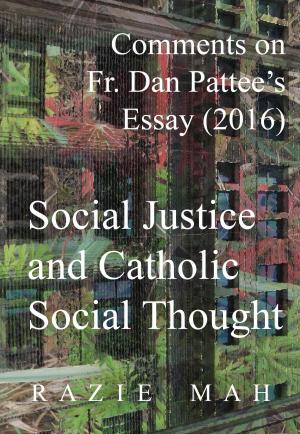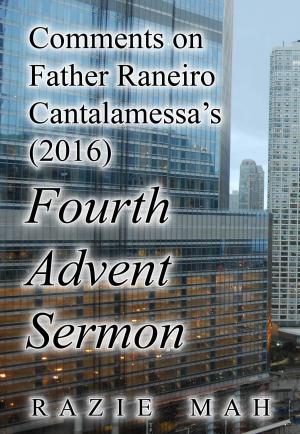A Primer on Sensible and Social Construction
Nonfiction, Health & Well Being, Psychology, Research, Social Psychology| Author: | Razie Mah | ISBN: | 9781942824015 |
| Publisher: | Razie Mah | Publication: | January 25, 2015 |
| Imprint: | Smashwords Edition | Language: | English |
| Author: | Razie Mah |
| ISBN: | 9781942824015 |
| Publisher: | Razie Mah |
| Publication: | January 25, 2015 |
| Imprint: | Smashwords Edition |
| Language: | English |
How do humans process “what is before us”?
The answer is construction. Those familiar with Kenneth Gergen’s interpretive psychology are acquainted with one type of construction: social construction. But what contrasts with social construction? The answer is: sensible construction.
Pascal Boyer’s experimental research into the religious experience provides the key differentiator between these two types of construction. The content beneath sensible construction is intuitively sensical. The content beneath social construction is nonsensically counterintuitive. In sum, content itself triggers which type of construction takes place.
The nature and structure of sensible and social construction may be modeled using the category based nested form. The form scales. The elements within a nested form may be nested forms. This adds a flexibility to the nested form analysis. Nested form analysis can scale to meet the complexity of whatever system is before us. Here, the levels of perspective, situation and content have the same relational structure as the nested form of normal context, actuality and possibility. The resulting models are strikingly elegant and straightforward.
Both sensible and social construction are innate. They evolved to explore cognitive spaces. Sensible construction explores the sensical. Social construction explores the nonsensical. Both constructions are highly adaptive. Sensible construction is evolutionarily ancient. Social construction is evolutionarily recent. Finally, after the first singularity, sensible construction is now based entirely on social construction. For this reason, our current Lebenswelt is not the same “as the Lebenswelt that we evolved in.”
The category based nested form is derived from the philosophy of Charles Sanders Peirce. It constitutes a way of understanding that coheres with our innate thought processes. It offers a way to interpret all existence that is radically superior to either modern science or scholastic speculation, without dismissing either as irrelevant. Why? Relation-based speculation is disregarded by modern science. Modern experimentation was historically disregarded by scholastic speculation. Peirce’s categories constitute an opportunity to transcend the self-imposed limitations of both traditions.
In sum, this series of primers serve as an introduction to a new way of thinking: postmodern scholasticism. Welcome to the fourth age of understanding.
How do humans process “what is before us”?
The answer is construction. Those familiar with Kenneth Gergen’s interpretive psychology are acquainted with one type of construction: social construction. But what contrasts with social construction? The answer is: sensible construction.
Pascal Boyer’s experimental research into the religious experience provides the key differentiator between these two types of construction. The content beneath sensible construction is intuitively sensical. The content beneath social construction is nonsensically counterintuitive. In sum, content itself triggers which type of construction takes place.
The nature and structure of sensible and social construction may be modeled using the category based nested form. The form scales. The elements within a nested form may be nested forms. This adds a flexibility to the nested form analysis. Nested form analysis can scale to meet the complexity of whatever system is before us. Here, the levels of perspective, situation and content have the same relational structure as the nested form of normal context, actuality and possibility. The resulting models are strikingly elegant and straightforward.
Both sensible and social construction are innate. They evolved to explore cognitive spaces. Sensible construction explores the sensical. Social construction explores the nonsensical. Both constructions are highly adaptive. Sensible construction is evolutionarily ancient. Social construction is evolutionarily recent. Finally, after the first singularity, sensible construction is now based entirely on social construction. For this reason, our current Lebenswelt is not the same “as the Lebenswelt that we evolved in.”
The category based nested form is derived from the philosophy of Charles Sanders Peirce. It constitutes a way of understanding that coheres with our innate thought processes. It offers a way to interpret all existence that is radically superior to either modern science or scholastic speculation, without dismissing either as irrelevant. Why? Relation-based speculation is disregarded by modern science. Modern experimentation was historically disregarded by scholastic speculation. Peirce’s categories constitute an opportunity to transcend the self-imposed limitations of both traditions.
In sum, this series of primers serve as an introduction to a new way of thinking: postmodern scholasticism. Welcome to the fourth age of understanding.
